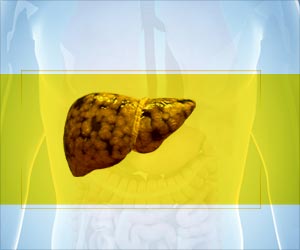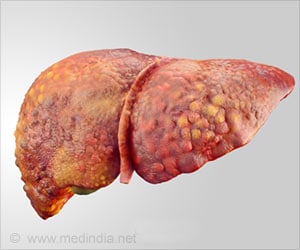The Centre for Addiction and Mental Health (CAMH) has issued updated national clinical guidelines for the treatment of opioid use disorder.

‘First-line treatment for those with opioid use disorder is opioid agonist therapy (OAT). This includes providing a medication that keeps the person out of withdrawal, reduces their cravings and prevents overdose deaths should they relapse.’





These medications are the most effective treatment option for opioid use disorder, and are scientifically proven to save lives, even when people use fentanyl. When combined with counselling and addressing the social causes and consequences of addiction, the person can make a full recovery and get back to living their lives. OAT is a long-term treatment and it can take some people a few tries before they get better completely. "COVID has drastically changed the situation on the ground across Canada in regards to the opioid crisis and these need to be living guidelines that can be updated as circumstances change and new evidence evolves," said Dr. Peter Selby, Clinician Scientist, Addictions Division, and CAMH lead for this initiative. "For example, we wanted to change some of the old rules that were making it hard to provide person-centred care and help people stay in treatment. That is key because the longer people are in treatment the better they recover and the less likely they are to die from an opioid overdose."
The new guidelines are updated with the most up-to-date information and clinically-proven strategies to help patients overcome opioid addiction. These include updated medication delivery options, such as offering injectables, and expanding the list of medications for those who don't respond to traditional treatments. The guidelines also feature less regulatory restriction and new strategies to combat stigma to make treatment adherence easier.
"OAT, like any other substance use treatment, needs to meet every patient's individualized needs and goals," added Dr. Narges Beyraghi, CAMH Addictions Psychiatrist. "The recovery journey is different for every individual and they may connect to different components of care during this process. This updated guideline has tried to be inclusive to a patient's gender, age and other physical and mental health problems that could be a barrier to access to care or equitable care."
A CAMH study released in April found that a large number of people who were regular opioid users when the pandemic began reported heightened fears of dying from an overdose, in large part because of disruptions in the supply of street drugs that made drugs more expensive, harder to get and of unknown origin or potency. Lockdown measures across the country also increased the risk that people would use alone without anyone to help them in the event of an overdose. This risk was compounded by reduced access to harm reduction services like safe injection centres. All of these factors led experts to fear that the COVID pandemic would make the opioid crisis more deadly, and new numbers recently released by Ontario Public Heath confirmed those fears, with a 60 per cent increase in opioid deaths reported.
Advertisement
"However, guidelines alone don't change practice," added Dr. Beyraghi. "What does change practice is a combination of policy changes to address structural and societal stigma and education. We have several courses at CAMH that help providers acquire and improve their skills in treating people with opioid use disorder in a humane and respectful manner. We also have great resources for people who use opioids and their loved ones to make a science-based informed choice about treatment."















